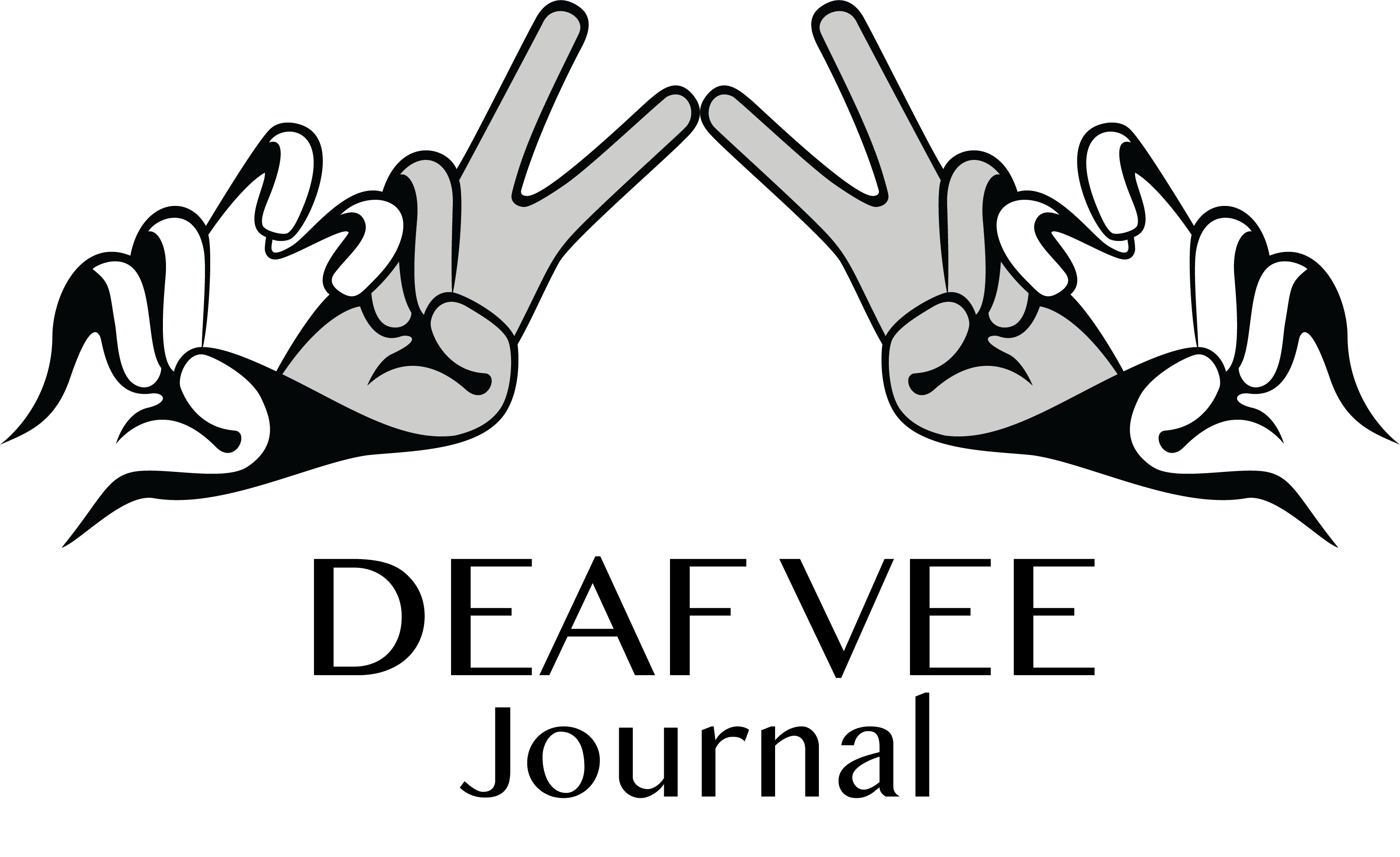Shoppers continue to shop as if it is the end of the world, not allowing the supply chain to have enough time for recovery. Shelves are nearly all wiped out just as soon as they have been restocked. The United States has not even hit peak yet. As understandable as it is for all of us to stockpile as part of the plan to stay home as much as possible, we have been quick to forget about vulnerable community members who rely on public welfare funds for food access–especially WIC recipients.
First, readers need to understand the difference between SNAP [Supplemental Nutrition Assistance Program] and WIC [Women, Infant, & Children] benefits. Both programs are focused on food access benefits to low-income households, but there are different eligibility requirements and limitations.
As the largest food assistance program in the United States, SNAP beneficiaries include individuals, families, and senior citizens who can purchase a wide variety of food items at their local grocery stores, farmers’ markets, and even convenience stores. While the WIC program is much smaller, it focuses on the provision of supplemental foods for malnourished low-income women who are pregnant, breastfeeding, or have children up to five years old.
Individuals who receive SNAP benefits can use their EBT card to purchase pretty much any food product, except for hot and ready-to-eat items. Individuals who receive WIC benefits, on the other hand, have EBT cards or printed vouchers with the restriction of accepting “WIC-approved” items only.
Shoppers who do not need WIC funds to buy food are taking WIC-approved items and leaving nothing for WIC recipients. If WIC-approved milk is not available on the shelf at a store, the WIC recipient has no choice but to wait until the next time they come back to the same store with the hopes it is available or go to a different store to search for WIC-approved milk.
WIC benefits are distributed on the first day of each month, but WIC shoppers can go grocery shopping any time they need to. If shoppers without WIC benefits see two similar items and only one has a WIC label, it is best for shoppers to pick the item without the WIC label. Not all stores do label WIC-eligible items, though–some examples would be baby formula, baby food, diapers, juice, fresh vegetables and fruits, and milk. For more information on WIC approved items, check this visual guide out.
As a shopper without WIC funds, what is the best thing for you to do? Prioritize only what you need for the next two weeks, and refrain from panic-buying and hoarding. Low-income women and their children under age 5 need to be able to buy WIC-eligible items, so they do not go hungry.




